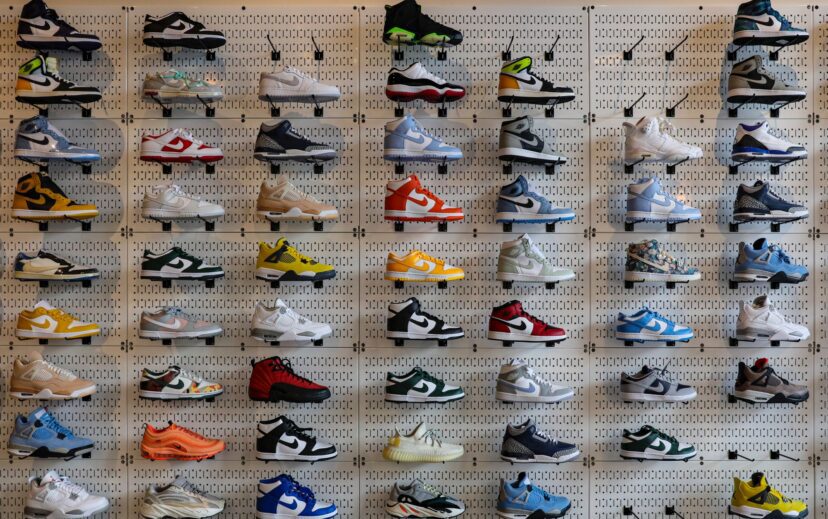The worth of the sneaker industry reached around $81 billion in 2021 and it continues to climb. While gross profits across the industry are high, overhead and market competition is even higher. This competitive market has naturally fostered tension and even litigation as the endless drive to produce new sneaker designs continues. After a five-year long patent dispute, Nike and Skechers recently reached a settlement in one such matter.
The Big Picture
This case was ultimately about the amount of inspiration Skechers could take and implement from Nike’s previous designs, before crossing the line into infringement. As the litigation commenced, both sides worked extremely hard to shape the narrative of this case. Nike, as the plaintiff, asserted that Skechers had built its business model around “copying its competitors” designs and using innovative technologies developed by others to gain market share instead of “innovating its own designs and technologies.” In Nike’s view, Skechers copied several of Nike’s design and utility patents. Skechers asserted that it has always maintained respect for the designs and intellectual property rights of others. According to Skechers’ legal team, Nike was using its vast legal resources to be overly litigious and thus stifle organic competition in the marketplace.
The Start
In early 2016, Nike filed its original lawsuit against Skechers for infringing on its design patents on several of Nike’s “fly-knight” sneaker designs. Interestingly, Nike asserted that Skechers’ copying was so obvious that even casual reviewers like Complex News stated the Skechers’ shoes “ripped off” Nike. In response, Skechers’ strategy was to attempt to invalidate Nike’s patents in the sneakers on the grounds that Nike’s designs were not novel. These attempts were quickly shot down by the Patent Trial and Appeal Board (PTAB). In 2017, Skechers again tried to assert that Nike’s design patents were invalid. This time, Skechers claimed that Nike’s patents were “obvious” as evidenced by Nike’s own prior filings. While the PTAB gave this argument more consideration than Skechers’ previous argument, the assertions were again shot down.
Nike Applies Pressure
In late 2019, Nike added more shoes to the list of design patents that Skechers allegedly copied. Nike asserted that Skechers took Nike’s patents in the VaporMax and AirMax 270 designs and “Skecherfied” them in what amounted to little more than blatant copying.
A month later, Nike added a new litigation strategy. Nike sued Skechers for infringement of a utility patent. Up to this point, all of Nike’s suits against Skechers had been for design patents. A design patent covers the unique visual qualities of a manufactured item and on the other hand, utility patents cover the functional elements of an invention and tend to be more technical. Nike was now arguing against Skechers on two fronts by suing Skechers for infringement of both design and utility patents. This shift also demonstrated Nike’s intention to be seen as both a footwear company and as a technology company. In response to these new suits, Skechers claimed that it did not violate any of Nike’s patents, and even if it did, Nike’s patents were invalid.
Settlement
In November of 2021, the parties announced that they had agreed to a settlement. Upon execution of the settlement, the cases will be dismissed. As of this moment, neither party has made an official statement with terms or explained why they agreed to settle. This is not surprising as settlement agreements often contain confidentiality clauses, which prevent the parties from discussing the details of the settlement.
Takeaways
Whether you are a large corporation or an individual designer, there are several things to learn from this case. First, Nike’s shift in legal strategy shows that producers of shoes can be sued for infringement of a design patent and a utility patent. Second, when using another’s design as a “base,” parties are going to disagree on how much change needs to be made before the design is non-infringing. Finally, believing you can win a lawsuit doesn’t always make it practical to engage in one.
Experienced attorneys can advise you in your own matter to ensure that your own designs are protected and that you are not infringing on the rights of others.

